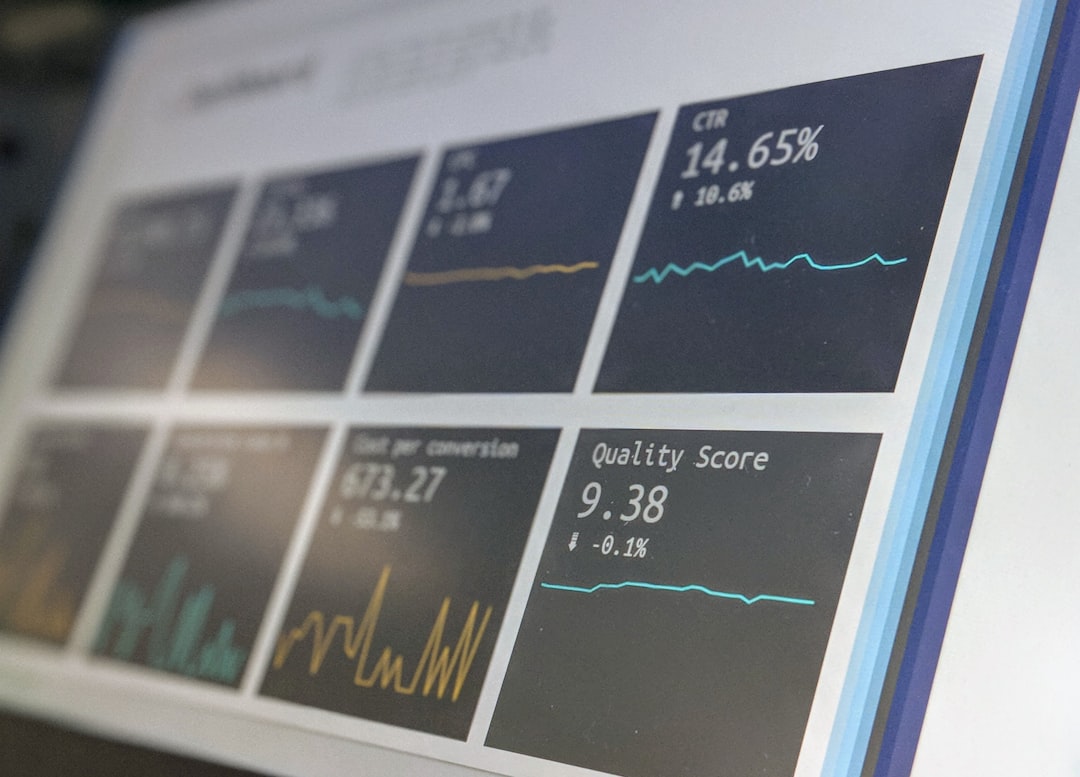
How to Develop an Economic Model: A Comprehensive Guide.
## Introduction. In the realm of economics, developing an economic model is a critical task that economists and policymakers engage in to simplify complex real-world phenomena. Economic models help in understanding relationships between variables within an economy and enable predictions about how changes in one aspect can affect others. This blog post will guide you through the steps involved in creating your own economic model, from identifying the purpose of the model to interpreting the results. ## Step 1: Define the Purpose of Your Economic Model. Every economic model begins with a clear understanding of its purpose. Are you trying to analyze market trends, assess the impact of a new policy, or predict future economic performance? Defining the purpose will guide your research and model design. Consider the specific economic questions you wish to address and the broader context in which your model will be utilized. For instance, if your goal is to analyze consumer behavior in response to price changes, your model will differ from one focused on labor market dynamics. ## Step 2: Identify Key Variables. Once you've established the purpose, the next step is to identify the key variables that will form the core of your model. In economic modeling, variables can be broadly categorized into independent variables, dependent variables, and control variables. For example, in a model predicting consumer spending, factors such as disposable income (independent variable), consumer confidence (control variable), and overall spending (dependent variable) may all play important roles. Ensuring you have a robust set of relevant variables will contribute to the accuracy and reliability of your model. ## Step 3: Establish Relationships Between Variables. With your variables identified, it's time to define how they interact with one another. This phase can involve drawing upon existing economic theories or empirical data. A common approach in economic modeling is to use regression analysis, which allows you to quantify relationships and assess the strength of associations between dependent and independent variables. Depending on your model's complexity, you might also consider incorporating factors like elasticity, which measures how responsive one variable is to changes in another. ## Step 4: Choose a Modeling Technique. There are diverse modeling techniques available, and the choice depends largely on the model's complexity, the purpose, and the available data. Some common types of economic models include: - **Linear Models:** Useful for establishing direct relationships, particularly when the interactions between variables are straightforward. - **Non-Linear Models:** Suitable for more complex relationships where changes are not proportional. - **Dynamic Models:** Important for representing how economies evolve over time. - **Stochastic Models:** Incorporate randomness and unpredictability, which can be essential in certain economic scenarios. Choosing the right technique is crucial for achieving meaningful results. ## Step 5: Collect and Analyze Data. With your model framed and your technique selected, the next step involves gathering the required data. Data collection can come from various sources, including government databases, academic publications, and market research firms. Once you have collected data, it’s time to perform statistical analysis, ensuring that your dataset is free from bias and manipulation. Depending on your model's specifications, you may need to clean and preprocess the data, addressing missing values and outliers to maintain accuracy. ## Step 6: Implement the Model. After preparing your data, you can proceed to implement your model using statistical software such as Stata, R, or Python's data libraries. It’s important to run your model with different scenarios to test its robustness and reliability. Validate your results by comparing them against known benchmarks or through back-testing, which involves checking how well the model would have predicted past events. ## Step 7: Interpret Results and Make Recommendations. Once your model has been implemented and tested, you will need to interpret the results. Focus on the model's output, looking for significant relationships and patterns that align with the hypotheses you established at the beginning. Discuss the implications of your findings, and make informed recommendations based on the data. This might include policy suggestions or strategic decisions, depending on your initial goals. ## Conclusion. Developing an economic model is a systematic and methodical process that culminates in a valuable tool for understanding and predicting economic behavior. By defining your purpose, identifying key variables, establishing relationships, and carefully analyzing data, you create a framework that simplifies the complexities of economic interactions. Whether you are an academic, a policymaker, or a business analyst, mastering economic modeling opens doors to insightful analysis and informed decision-making. .







